Earth and Environment
Explore Earth and Environment
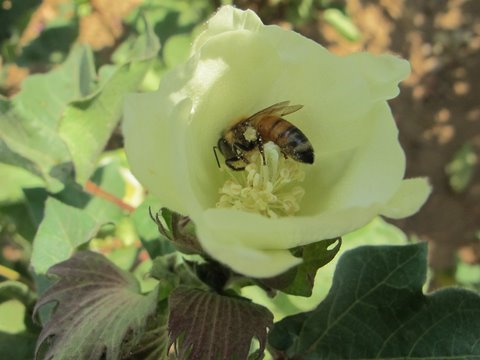
Professor Keith Solomon – Dr. Gladys Stephenson | The Weight of Evidence: Brought Clarity to the Buzz About Pesticides and Pollinators
Modern environmental science faces a curious paradox. We have more data than ever, but less certainty. For scientists, policymakers, and the public alike, the sheer volume of studies, each with its own assumptions, experimental conditions, and interpretations, can be overwhelming. Which studies are trustworthy? Which deserve more weight when making decisions about environmental safety? This question has haunted environmental toxicologists who were trying to determine whether pesticides were harming pollinators such as honeybees. Some studies could show significant impacts while others may show minimal effects. Such inconsistencies can fuel the debate over insecticides like neonicotinoids and lead to public confusion. To address this, Professor Keith Solomon, an environmental toxicologist at the University of Guelph, and colleagues set out to bring structure and clarity to the field. Their goal was not to silence debate, but to create a rigorous, transparent, and quantitative framework for evaluating scientific evidence. The result was a methodology called the Quantitative Weight of Evidence, or QWoE.

Dr. Ossénatou Mamadou | Understanding turbulence in the lower atmosphere above West Africa
West Africa’s climate is constantly being shaped by interactions between the ground and the lower atmosphere, where instabilities can give rise to unpredictable turbulence. Guided by extensive weather observations, a team led by Dr. Ossénatou Mamadou at the University of Abomey-Calavi, Benin, has gained important insights into when and how these instabilities occur, and how well they can be predicted by existing theories. Their findings could help climatologists improve weather forecasts in the region and better understand how West Africa might respond to a changing climate.
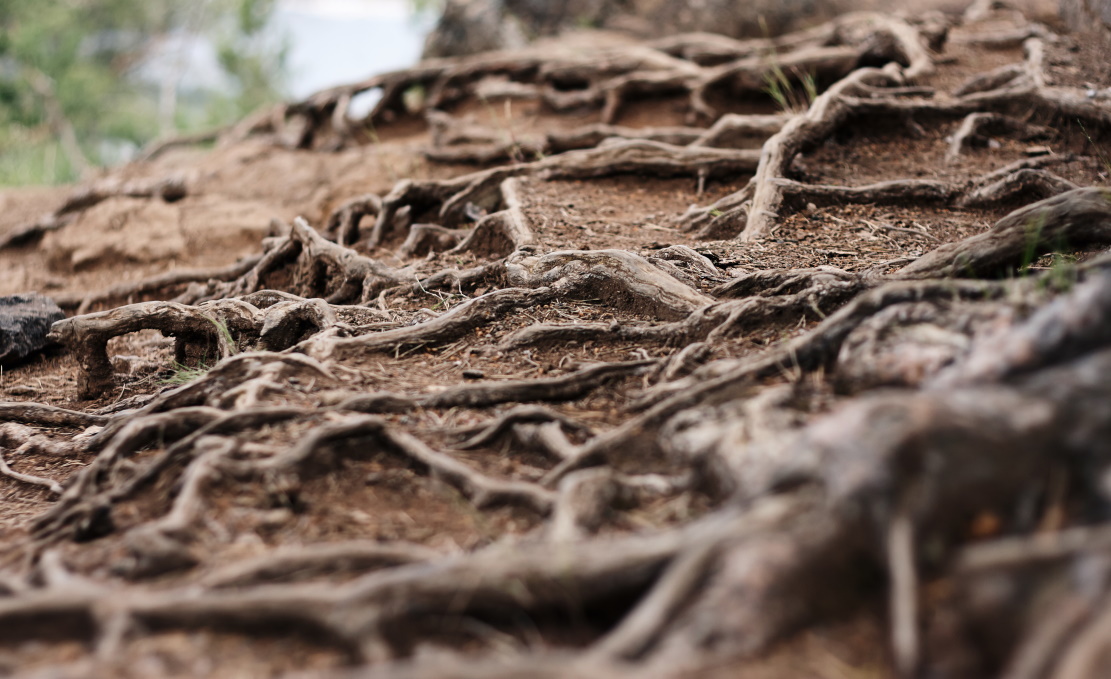
Professor Alex McBratney | Securing the Soil Beneath Our Feet: Mapping and Managing Australia’s Hidden Asset
Soil is one of the most important resources on the planet. It grows our food, regulates water, supports ecosystems, and stores vast amounts of carbon. But it’s also incredibly complex, and surprisingly poorly understood. In Australia, Prof. Alex McBratney of the University of Sydney and his colleagues are changing that. By working with the Soil Security Assessment Framework, they’ve developed new tools and approaches that are helping to reshape how we measure and manage soil. From identifying similar soils and grouping them into categories, to estimating the monetary value of their ability to support food production, to surveying how people relate to the land beneath their feet, their work is creating a new language for talking about soil. Here, we explore the studies that put the framework into action and show why securing our soils is essential not just for farming and food security, but for ecosystems, economies, and climate resilience too.
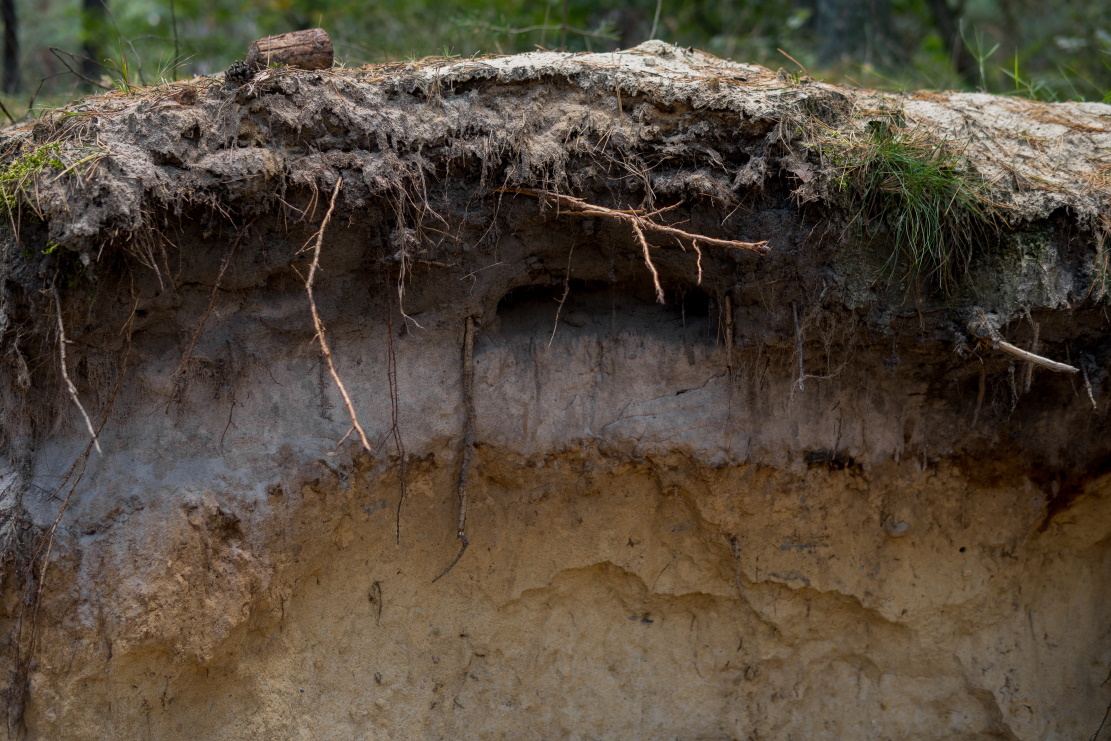
Professor Alex McBratney | Soil Security Starts Here: a Framework for the Future
Soil sits at the heart of nearly every major challenge humanity faces, from food, water and energy security to climate change, biodiversity loss, human health, and the delivery of vital ecosystem services. But, soil itself is increasingly under threat. As these pressures intensify, soil security has become a global priority in its own right. Yet despite its critical role, there are still gaps in how we understand, study and manage soil. Too often, soil research fails to reach the land managers, policymakers and communities who need it most. At the University of Sydney, Professor Alex McBratney and his colleagues are working to change that. They’re leading the development of the Soil Security Assessment Framework, a new approach that considers not just what soil is, but what it does, how it’s valued, and how it’s governed. By defining five interconnected dimensions of soil security, the team is helping to shape a more strategic, outcome-focused research agenda, designed to translate scientific insight into practical actions.
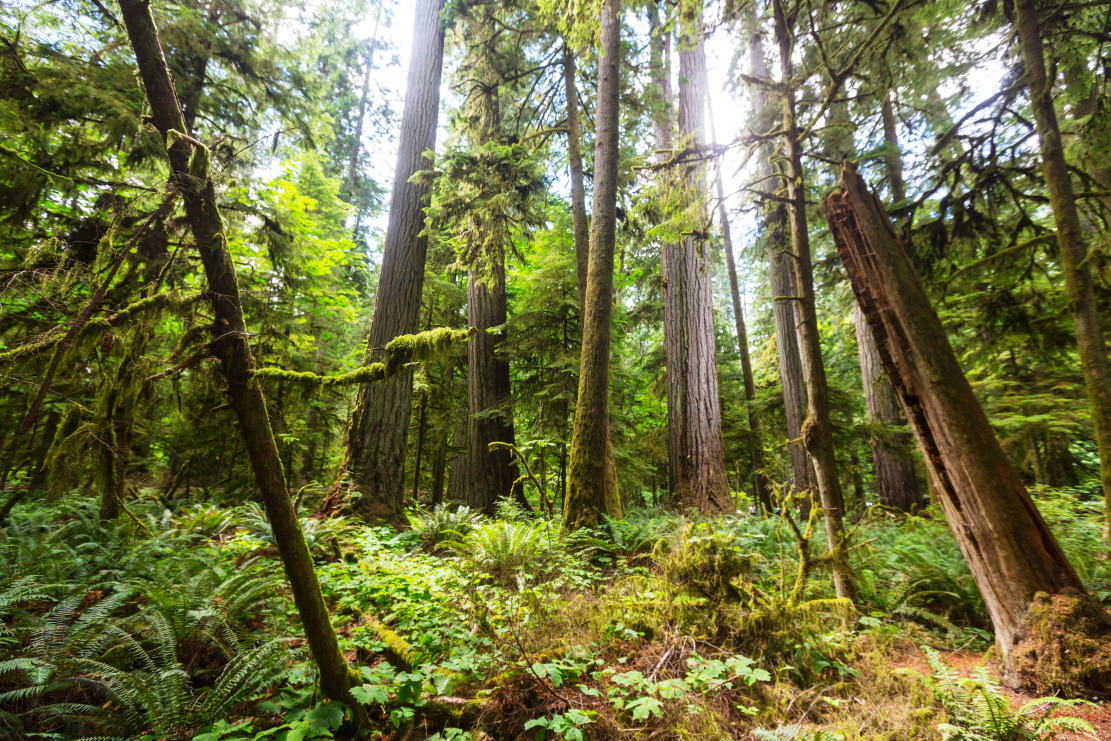
Dr. Rhonda Millikin | When Fighting Fire Backfires: How Cutting Trees Can Raise Fire Risk
Across North America, the phrase “fuel management” is used almost as often as “climate change” when people talk about wildfires. The idea is simple: forests burn because they are full of fuel, including trees, shrubs, branches, and dried leaves. If you remove some of that material, you make it harder for a wildfire to spread. Provincial governments, towns, and even ski resorts such as Whistler in British Columbia, Canada have invested millions of dollars in “fuel thinning,” which involves sending crews into the woods to cut down trees and haul away brush. While fuel thinning feels like common sense, Dr. Rhonda Millikin, a scientist based in Whistler, and her colleagues have found that what seems like common sense in one type of forest can be dangerously misleading in another. Their research, recently published in the journal Fire, revealed that in Whistler’s coastal rainforests, dense, wet, and shaded ecosystems, fuel thinning often has the opposite effect of what is intended. Instead of making these forests safer, thinning makes them drier, windier, and hotter: exactly the conditions that help wildfires spread.

Dr. Bernhard Reinsberg – Dr. Christoph Valentin Steinert | How Human Rights Laws and Economic Competitiveness Can Co-Exist
Research from Dr. Bernhard Reinsberg at the University of Glasgow and Dr. Christoph Valentin Steinert at the University of Zurich reveals how France’s groundbreaking mandatory due diligence law defied business predictions of economic harm. Through analysis of 11,504 French companies over fifteen years, their study demonstrates that requiring firms to monitor human rights and environmental standards in their supply chains had no significant impact on profitability. Their findings challenge widespread industry claims that such regulations threaten competitiveness and provide crucial evidence for policymakers considering similar legislation worldwide.
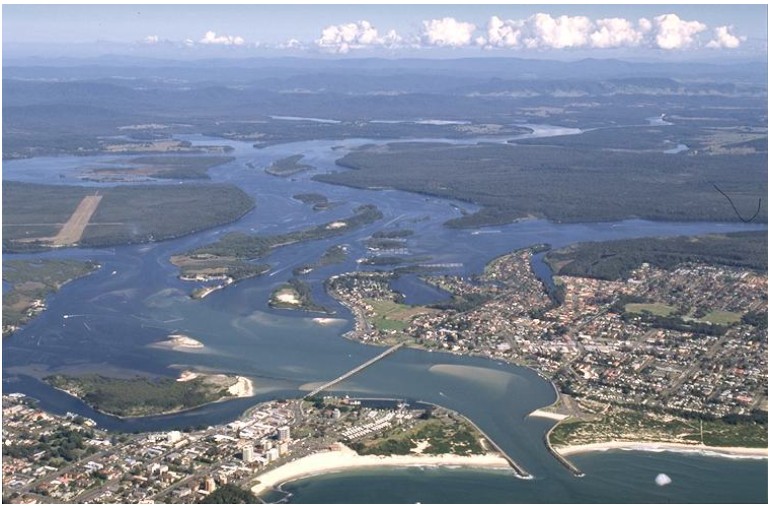
Alexander Nielsen | The Unintended Impacts of Training Walls and Groynes
Training walls and entrance breakwaters have long been used to keep estuary entrances clear of shoals that threaten boat navigation and increase flood risks for nearby communities. But new research by Alexander Nielsen of Worley Consulting and coastal engineer Angus Gordon reveals that these structures may be causing long-term damage. Their study uncovers how engineered inlets are reshaping the flow of water through estuaries, disrupting wetland ecosystems and triggering costly maintenance challenges.
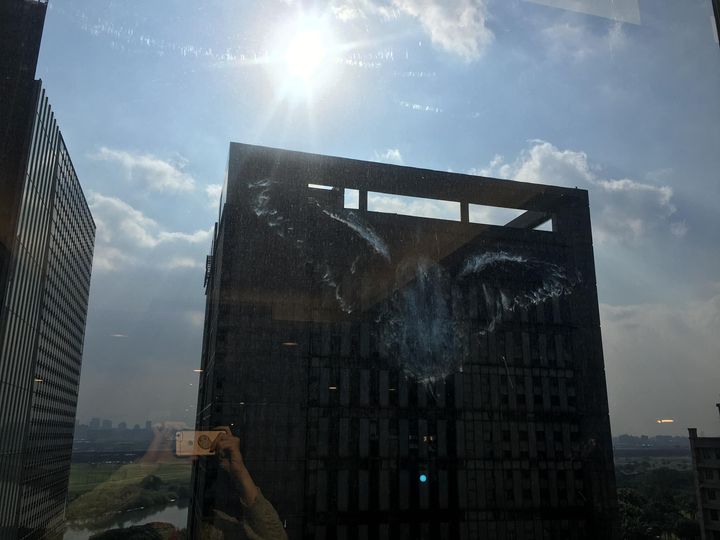
Chi-Heng Hsieh | Feathered Casualties and Digital Clues: How Citizen Science is Helping Save Birds from Deadly Collisions
By now, most of us are familiar with stories of wildlife interacting with the modern world, often with unfortunate consequences. Examples include urban foxes struck by vehicles, bears rummaging through trash, and sea turtles entangled in plastic. But there’s a quieter, often unseen danger that claims hundreds of millions of bird lives each year. This is the common window, a source of light for us, but potentially deadly for unsuspecting birds on the wing. Bird-window collisions (or BWCs for short) are a global phenomenon and a growing conservation concern. Birds in flight often fail to perceive clear or reflective glass as a barrier, leading to fatal crashes into windows, especially on modern buildings. Until recently, tracking the scope of this problem, especially in tropical and subtropical regions, has proven difficult. Traditional monitoring methods require trained observers, time-consuming surveys, and, critically, access to fresh bird carcasses, which can vanish quickly in warm, scavenger-rich environments. But in Taiwan, an innovative approach is offering new hope, and it’s coming from an unexpected place: social media.

Professor Jeremy Maurer | Building a seismic timeline of the Nippes earthquake
Sitting directly over a complex network of fault lines, Haiti is one of the most earthquake-prone nations on Earth. In 2021, the Nippes earthquake became the latest to devastate the country, and today, researchers are still piecing together the timeline of seismic events which unfolded during the earthquake. Through their research, Professor Jeremy Maurer and colleagues at Missouri University of Science and Technology have described how the Nippes earthquake originated, shifted, and ruptured a major fault line, triggering numerous ‘afterslip’ events in the following days.
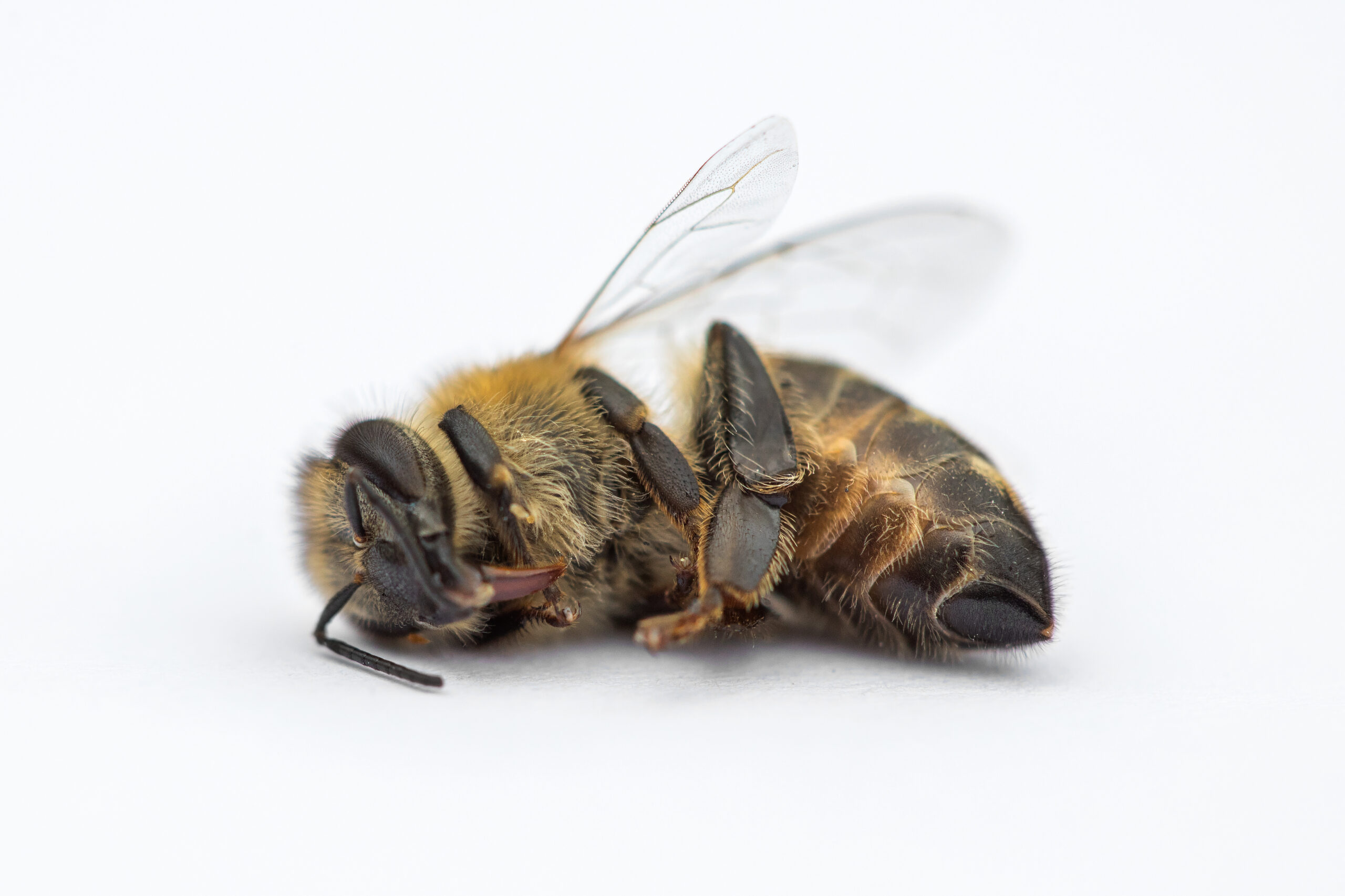
Pollinator Peril: How Common Agricultural Cocktails Harm Honeybees
Pollinators, including honey bees, wild bees, butterflies and many other insects, are some of the most important creatures on our planet. By pollinating plants, both wild and cultivated, they have an essential role in maintaining wider ecosystems and ensuring our food security. However, we have come to take them for granted, and don’t fully appreciate their function in ensuring our ongoing survival. Insects are declining at a truly alarming rate. Among other factors human activities such as industrial farming and corresponding insecticide and fungicide use over large areas of land to protect food crops against pests and disease are considered to be major contributors. Many different pesticides have also been detected in honeybee colonies. Scientists are attempting to uncover the specific factors involved in insect decline, before it’s too late. Recent research by Sarah Manzer and colleagues in the research groups of Prof. Ricarda Scheiner and Prof. Ingolf Steffan-Dewenter at the Julius Maximilians Universität Würzburg in Germany has shed new light on a potential culprit: a combination of insecticides and fungicides commonly used in agriculture.
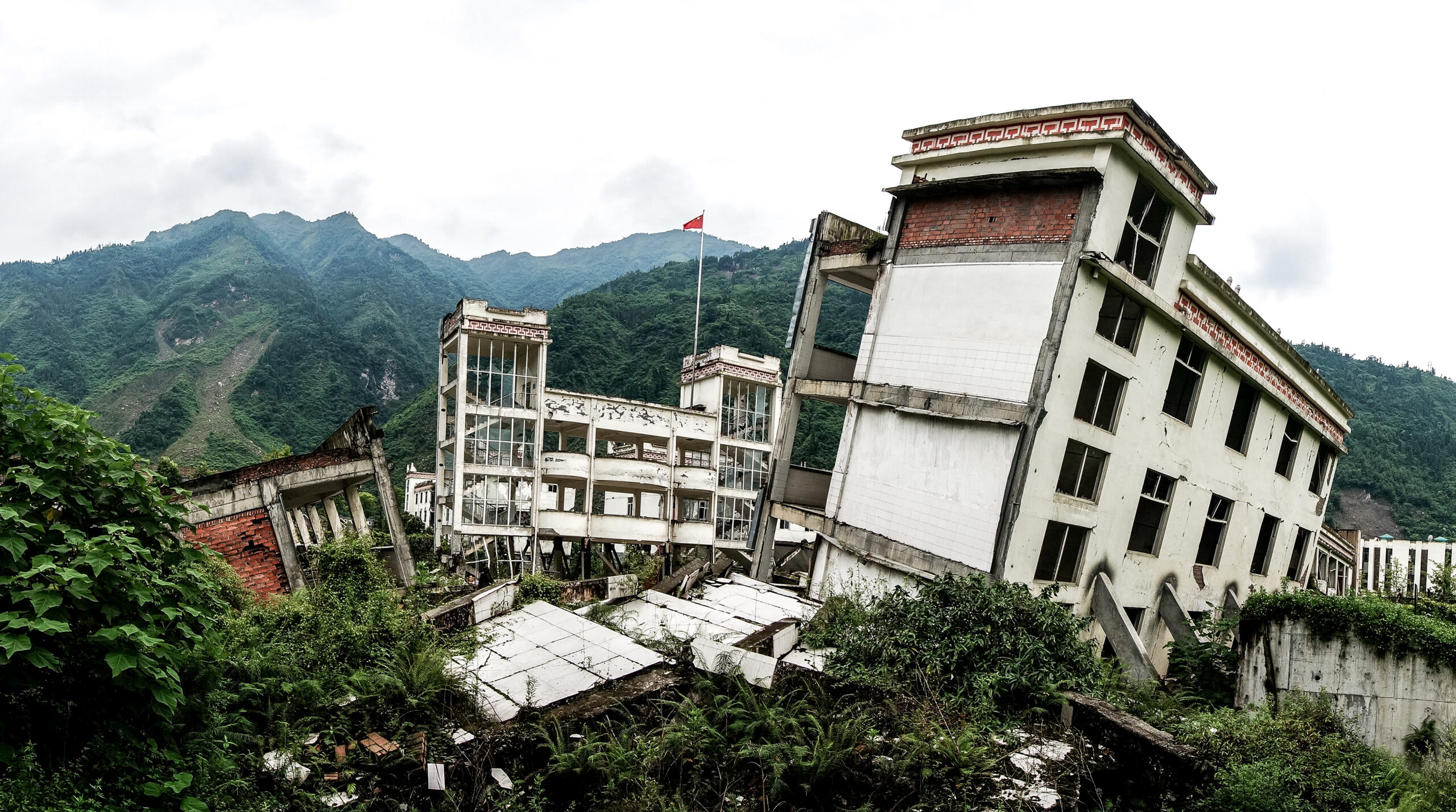
Dr. Zhe Su | Understanding the twisted tectonics of the Sichuan basin
The Sichuan basin in southern China is a region of deep geological and seismological complexity, which has so far prevented researchers from understanding its tectonic past. Through fresh analysis of previous observations, combined with the latest modelling techniques, a team led by Dr. Zhe Su at the National Institute of Natural Hazards, Beijing, suggests for the first time that the entire Sichuan basin is slowly rotating. Their result could explain the origins of one of the deadliest earthquakes in living memory, and could also help seismologists to better predict when earthquakes will strike the region in the future.

Dr. Claudia Ituarte-Lima – Dr. Radu Mares | How Latin America’s Groundbreaking Treaty Intersects with European Economic Law
Research by Dr. Claudia Ituarte-Lima and Dr. Radu Mares at Lund University examines how a pioneering environmental agreement in Latin America and the Caribbean introduces new ways of protecting nature and human rights. Their study reveals both opportunities and challenges in how this regional treaty interacts with European Union trade laws, offering insights into how different regions can work together to protect the environment and strengthen democracy.
